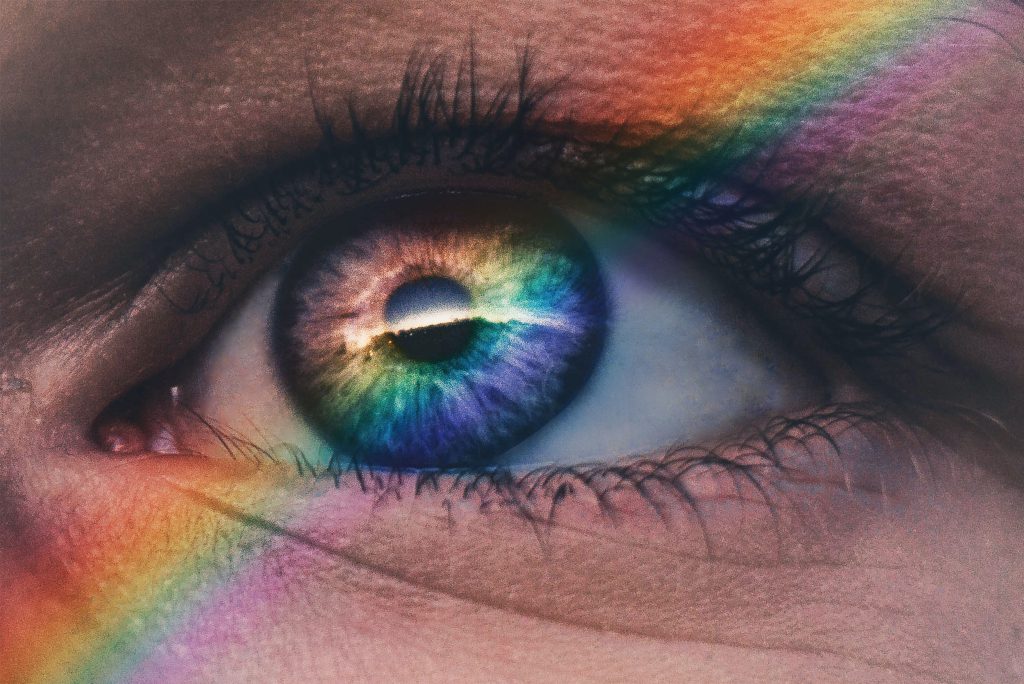When it comes to sun protection, we often focus on our skin, but did you know that your eyes are also susceptible to damage from harmful ultraviolet (UV) rays? Prolonged exposure to UV rays can lead to a range of eye conditions, including cataracts, macular degeneration, and photokeratitis (sunburn of the cornea). In this blog post, we will explore the importance of protecting your eyes from UV rays and share effective strategies to keep your eyes safe and maintain long-term eye health.
Understand UV Radiation and Eye Damage
UV radiation is a type of electromagnetic radiation emitted by the sun. There are three types of UV rays: UVA, UVB, and UVC. While the Earth’s atmosphere absorbs UVC rays, both UVA and UVB rays can reach the Earth’s surface and pose a risk to our eyes. Prolonged exposure to these rays can damage various parts of the eye, leading to vision problems and eye conditions.
Wear UV-Protective Eyewear
Investing in high-quality sunglasses with proper UV protection is one of the most effective ways to shield your eyes from harmful rays. Look for sunglasses that block 100% of UVA and UVB rays and choose wraparound styles or larger frames to provide additional coverage and reduce peripheral exposure. Don’t forget about protecting your eyes on overcast days or in snowy environments where UV rays can still penetrate through clouds or reflect off snow surfaces.
Opt for Polarized Lenses
Consider sunglasses with polarized lenses, which not only block UV rays but also reduce glare. Glare from reflective surfaces, such as water, sand, or snow, can strain your eyes and make it more challenging to see clearly. Polarized lenses minimize glare, enhance visual comfort, and improve overall visual clarity.
Use Wide-Brimmed Hats
In addition to sunglasses, wearing wide-brimmed hats can provide extra protection for your eyes and the delicate skin around them. The brim of the hat helps shield your eyes from direct and indirect UV exposure, further reducing the risk of UV-related eye damage.
Be Mindful of Peak UV Hours
UV rays are strongest between 10 a.m. and 4 p.m. If possible, limit your outdoor activities during these hours when the sun’s rays are most intense. If you must be outside, take extra precautions by wearing sunglasses, a hat, and seeking shade whenever possible.
Protect Your Eyes in Reflective Environments
Certain environments can intensify the effects of UV rays on your eyes. When near water, sand, snow, or other highly reflective surfaces, the amount of UV radiation increases. Be particularly vigilant about wearing UV-protective eyewear in these settings to safeguard your eyes from intense glare and UV exposure.
Encourage UV Protection for Children
Children’s eyes are particularly susceptible to UV damage, as their lenses are still developing and are less efficient at filtering out harmful rays. Teach children the importance of wearing sunglasses and hats outdoors from a young age. Choose sunglasses specifically designed for children that offer UV protection and are durable enough to withstand their active lifestyle.
Consider UV Protection for Outdoor Sports
Engaging in outdoor sports or activities exposes your eyes to prolonged sun exposure. Whether it’s cycling, skiing, or playing beach volleyball, wearing sports-specific sunglasses with UV protection is crucial. Look for lightweight, shatter-resistant options that offer a secure fit and won’t impede your performance.
Protecting your eyes from harmful UV rays is essential for maintaining optimal eye health. By wearing UV-protective sunglasses, using wide-brimmed hats, and being mindful of peak UV hours, you can significantly reduce the risk of eye damage caused by UV radiation. Remember to prioritize UV protection for both yourself and your children, and invest in high-quality eyewear that blocks 100% of UVA and UVB rays. With these proactive measures, you can enjoy the outdoors while safeguarding your precious vision and ensuring long-term eye health.
